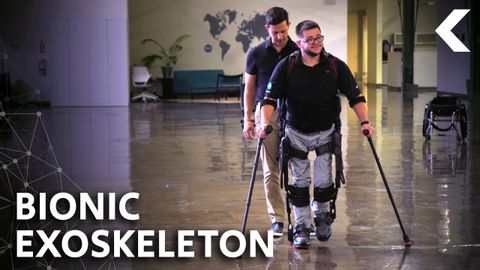
Subtitles & vocabulary
Bionic Suits Are Real And They're Transforming Everyday Life
00
Kana kawai posted on 2017/10/17Save
Video vocabulary
absolutely
US /ˈæbsəˌlutli, ˌæbsəˈlutli/
・
UK /ˈæbsəlu:tli/
- Adverb
- Completely; totally; very
- Considered independently and without relation to other things; viewed abstractly; as, quantity absolutely considered.
A2
More opportunity
US /ˌɑpɚˈtunɪti, -ˈtju-/
・
UK /ˌɒpə'tju:nətɪ/
- Noun (Countable/Uncountable)
- Time, situation when a thing might be done; chance
- A favorable time or occasion for doing something.
A2TOEIC
More therapy
US /ˈθɛrəpi/
・
UK /'θerəpɪ/
- Noun (Countable/Uncountable)
- Treatment to help cure an illness
- Psychological counseling to help resolve personal or emotional problems.
B2
More Use Energy
Unlock All Vocabulary
Unlock pronunciation, explanations, and filters
